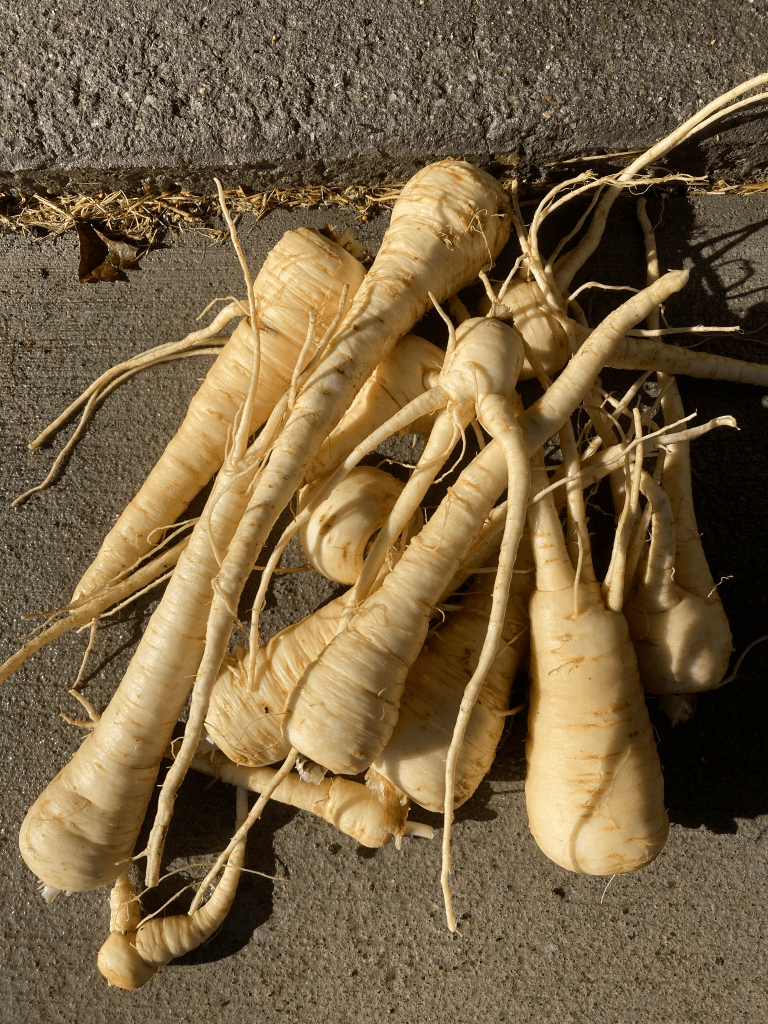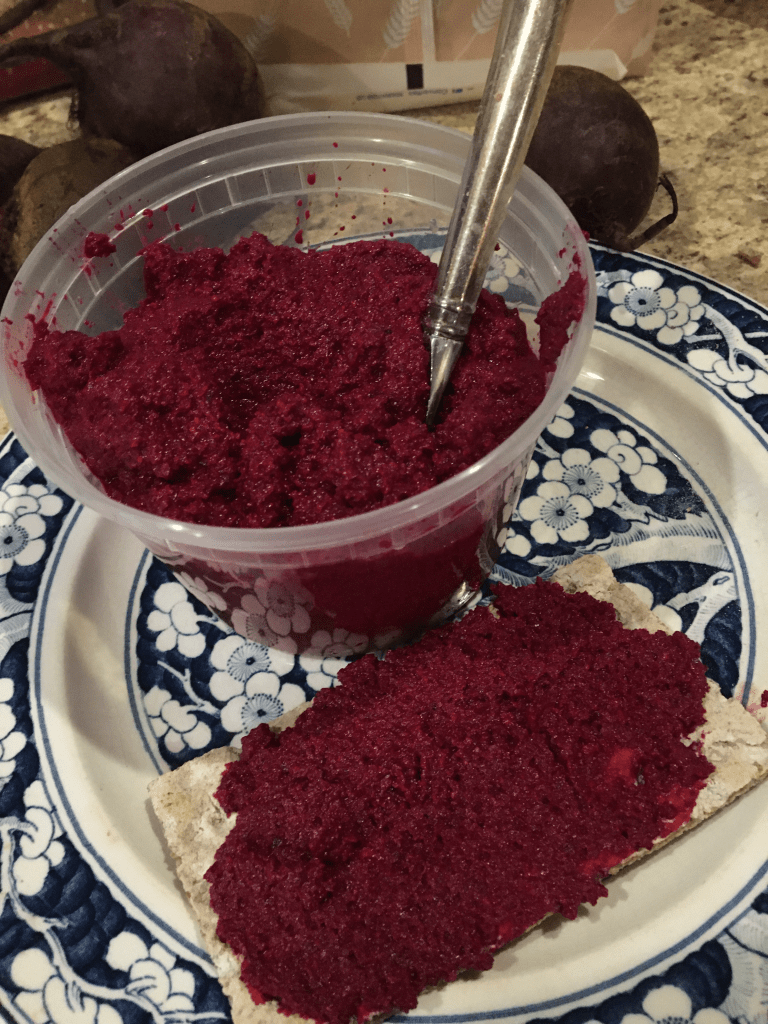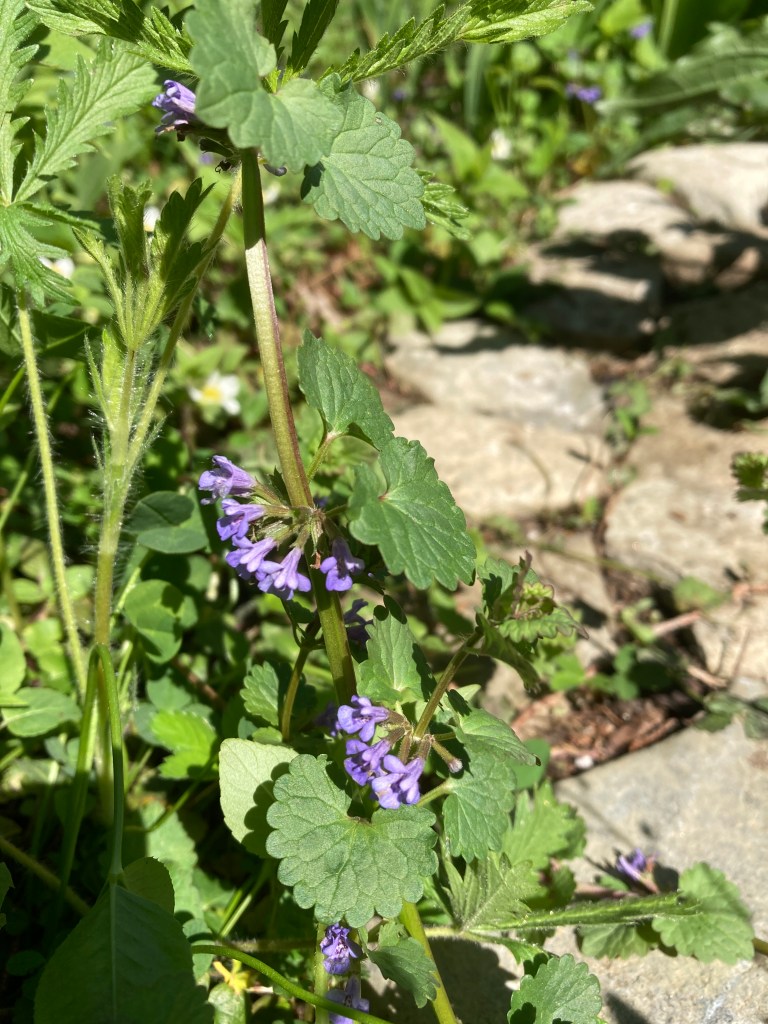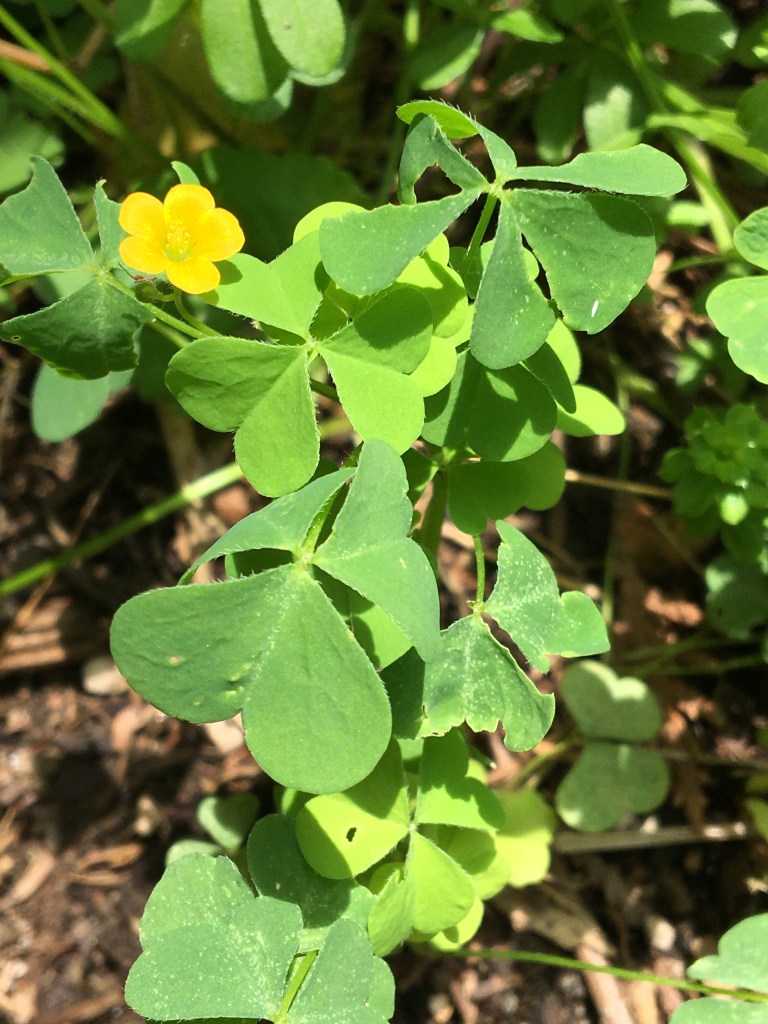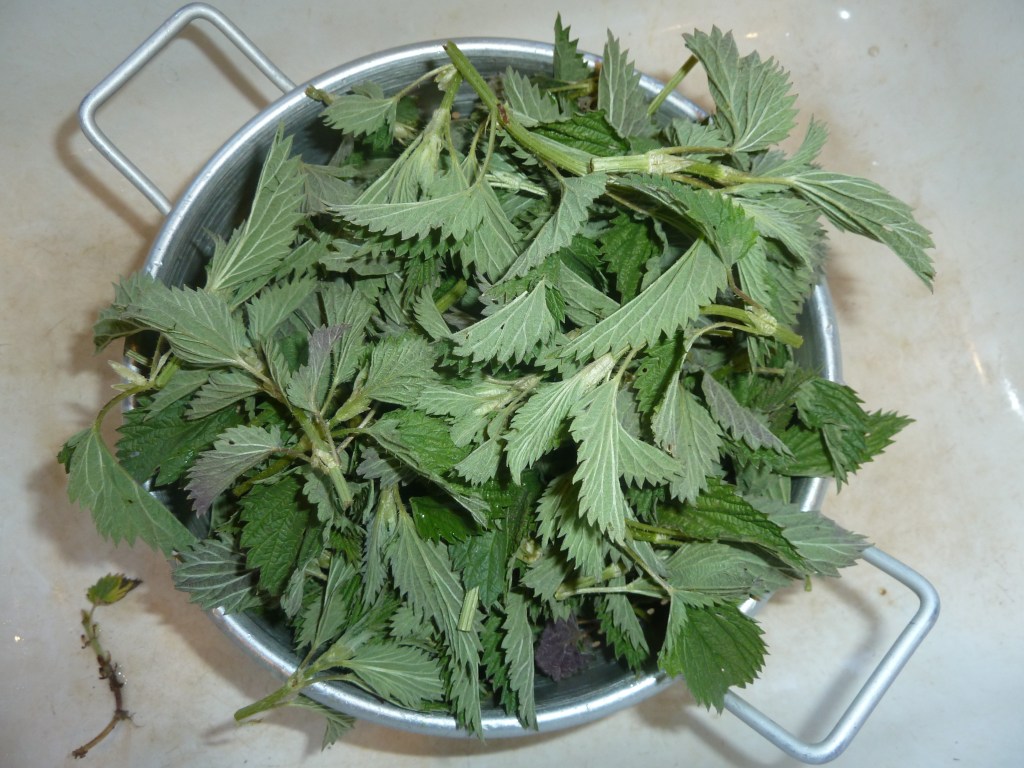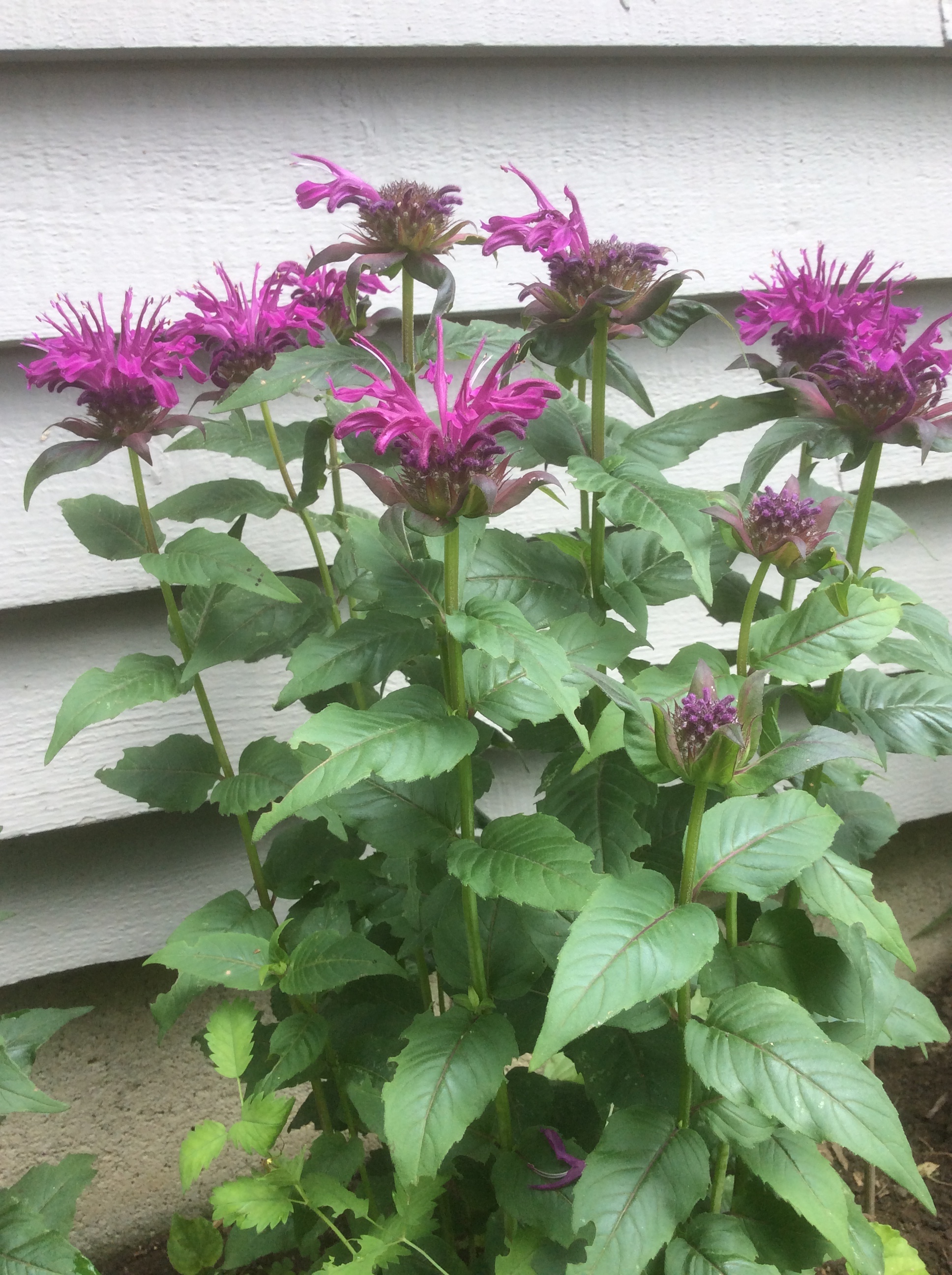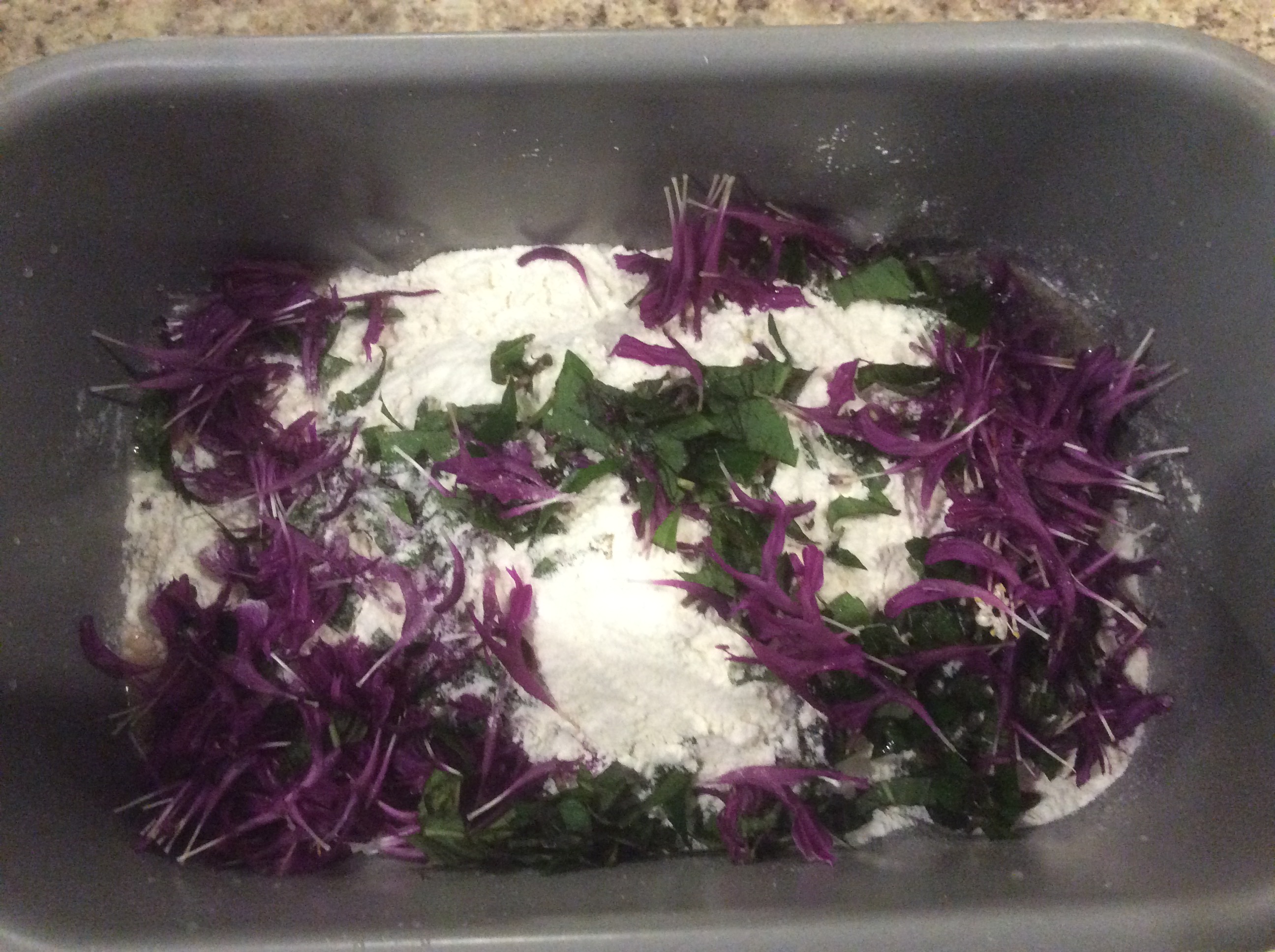A rutabaga is a root vegetable something like a large turnip but sweeter and tastier. It is one of my favorite vegetables but, like parsnips, it doesn’t show up often at farmer’s markets or in the CSA basket. So this year I decided to try growing some in my community garden plot. The seeds I sowed in the spring emerged quickly and abundantly, but then so did the flea beetles! I was sure the crop would be a failure and avoided looking at that part of the garden as the ragged, emaciated leaves were just too sad to see. So I was quite surprised when several weeks later the sickly-looking plants had turned into a row of large, healthy leaves with large round purple and yellow roots forming below them. Not only had the plants overcome the siege of the flea beetles, they were also surviving the onslaught of snails brought on by this summer’s rainy, wet weather.
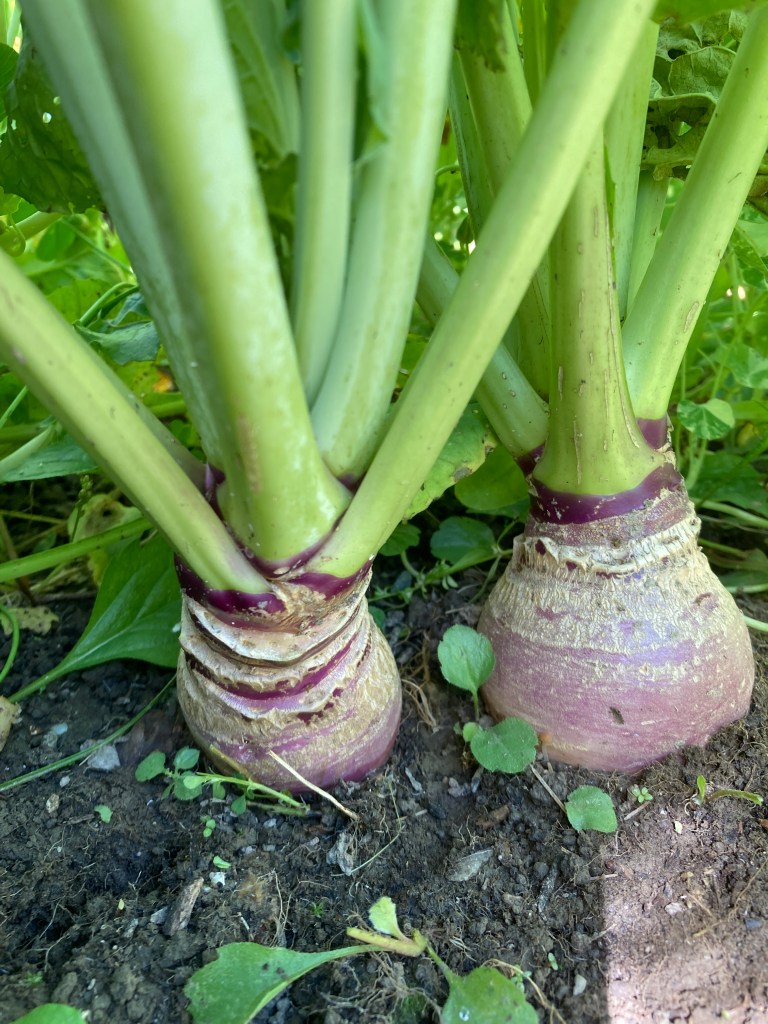
The rutabaga is a vegetable that gives twice, as the leaves as well as the roots are edible and delicious. They taste something like kale and can be used in the same way. A common way to eat the root is to boil it and mash it like mashed potatoes. It is also good roasted alone or with other root vegetables and is good in soups and stews. It is also an important ingredient in Cornish pasties, or so I’ve heard. I’ve never made any but now that I have the main ingredient on hand, maybe I’ll give it a try.
Here is a simple and tasty way to enjoy rutabagas.
Roasted Rutabagas and Apples
- 2 lbs rutabaga, peeled and diced
- 2 large apples, cored and sliced
- 1 small onion, diced
- 2-3 cloves garlic, minced
- 2-3 tbsp olive oil
- 1 tsp thyme
- Salt and pepper to taste
Preheat the oven to 425°. Place all the ingredients in a large bowl and toss to combine. Spread them on a greased baking sheet and roast until golden, about 45 minutes, stir them halfway through.

